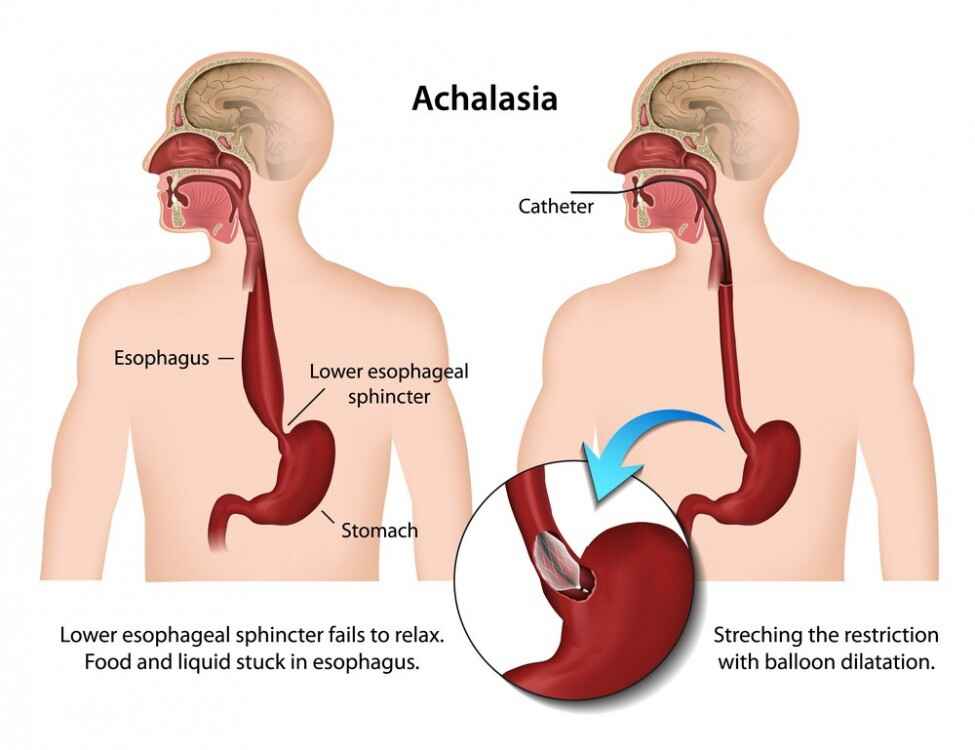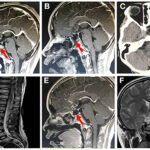Achalasia of the esophagus is a rare but serious disorder that affects the esophageal muscles and lower esophageal sphincter (LES). It disrupts the normal process of swallowing by preventing the LES from relaxing and inhibiting food passage from the esophagus into the stomach. This condition requires early diagnosis and tailored treatment to alleviate symptoms, improve quality of life, and prevent complications.

What Is Achalasia of the Esophagus?
Achalasia is a motility disorder characterized by the inability of the LES to relax properly and by esophageal muscle dysfunction. This leads to a backup of food and liquid in the esophagus, resulting in discomfort and various complications.
Key Characteristics of Achalasia
- Incomplete LES relaxation: The sphincter remains closed during swallowing.
- Aperistalsis: Lack of coordinated esophageal muscle contractions.
- Esophageal dilation: Prolonged food retention can lead to an enlarged esophagus.
Causes and Pathophysiology
The exact cause of achalasia remains unclear, but it is believed to result from the degeneration of nerve cells in the esophageal wall. Autoimmune disorders, viral infections, or genetic predisposition may contribute to the development of the condition.
Symptoms of Achalasia of the Esophagus
Symptoms of achalasia can vary in severity but typically include:
- Dysphagia: Difficulty swallowing solids and liquids.
- Regurgitation: Backflow of undigested food or saliva into the mouth.
- Chest Pain: Often described as a squeezing or burning sensation.
- Weight Loss: Resulting from reduced food intake and malnutrition.
- Heartburn: Due to retained food fermenting in the esophagus.
These symptoms often develop gradually and may worsen over time if left untreated.
Diagnosis of Achalasia
Accurate diagnosis is essential for effective treatment. A combination of clinical evaluation and diagnostic tests is used to confirm achalasia.
1. Esophageal Manometry
Manometry is the gold standard for diagnosing achalasia. It measures esophageal pressure, revealing:
- Impaired LES relaxation.
- Absence of peristalsis.
2. Barium Swallow X-Ray
This imaging test involves swallowing a barium solution, which coats the esophagus and allows visualization of:
- Narrowing at the LES (“bird beak” appearance).
- Dilation of the esophagus above the narrowing.
3. Endoscopy
Endoscopic examination provides a direct view of the esophagus, ruling out other conditions like esophageal cancer or strictures.
Treatment Options for Achalasia of the Esophagus
Treatment aims to reduce LES pressure, improve esophageal emptying, and alleviate symptoms. The approach depends on patient health, age, and symptom severity.
Non-Surgical Treatments
1. Balloon Dilation
Pneumatic dilation involves inflating a balloon at the LES to stretch the muscle. It provides temporary relief but may require repeated procedures.
2. Botox Injections
Botulinum toxin is injected into the LES to relax the muscle. While effective, the results are short-term and suited for patients who are not candidates for surgery.
3. Medication
Medications such as calcium channel blockers and nitrates may be prescribed to relax the LES. These are typically reserved for patients who cannot undergo other treatments.
Surgical Treatments
1. Heller Myotomy
This minimally invasive surgery involves cutting the LES muscle to improve swallowing. It is often combined with an anti-reflux procedure to prevent acid reflux.
2. Peroral Endoscopic Myotomy (POEM)
POEM is an advanced endoscopic technique where the LES muscle is cut internally. It is less invasive than Heller myotomy and offers excellent outcomes.
Lifestyle and Dietary Modifications
- Eat smaller, more frequent meals to reduce esophageal retention.
- Avoid lying down immediately after eating to prevent regurgitation.
- Stay hydrated during meals to aid food passage.
- Elevate the head of the bed to minimize nighttime symptoms.
Potential Complications of Untreated Achalasia
If untreated, achalasia can lead to serious complications, including:
- Esophageal Ulcers: Caused by prolonged food retention and irritation.
- Aspiration Pneumonia: Resulting from regurgitated food entering the lungs.
- Esophageal Cancer: Long-term achalasia increases the risk of squamous cell carcinoma.
Long-Term Management and Prognosis
Achalasia is a chronic condition requiring lifelong management. While treatments are highly effective in relieving symptoms, regular follow-ups are necessary to monitor esophageal health and detect potential complications early.
Post-Treatment Care
- Regular endoscopic evaluations to check for esophageal changes.
- Adherence to dietary recommendations to minimize symptom recurrence.
- Immediate reporting of new or worsening symptoms to a healthcare provider.
Achalasia of the esophagus is a rare but manageable condition when diagnosed and treated promptly. By utilizing advanced diagnostic tools and personalized treatment plans, healthcare providers can significantly improve patients’ quality of life and prevent complications. Early intervention and long-term follow-up are critical to successful outcomes.

